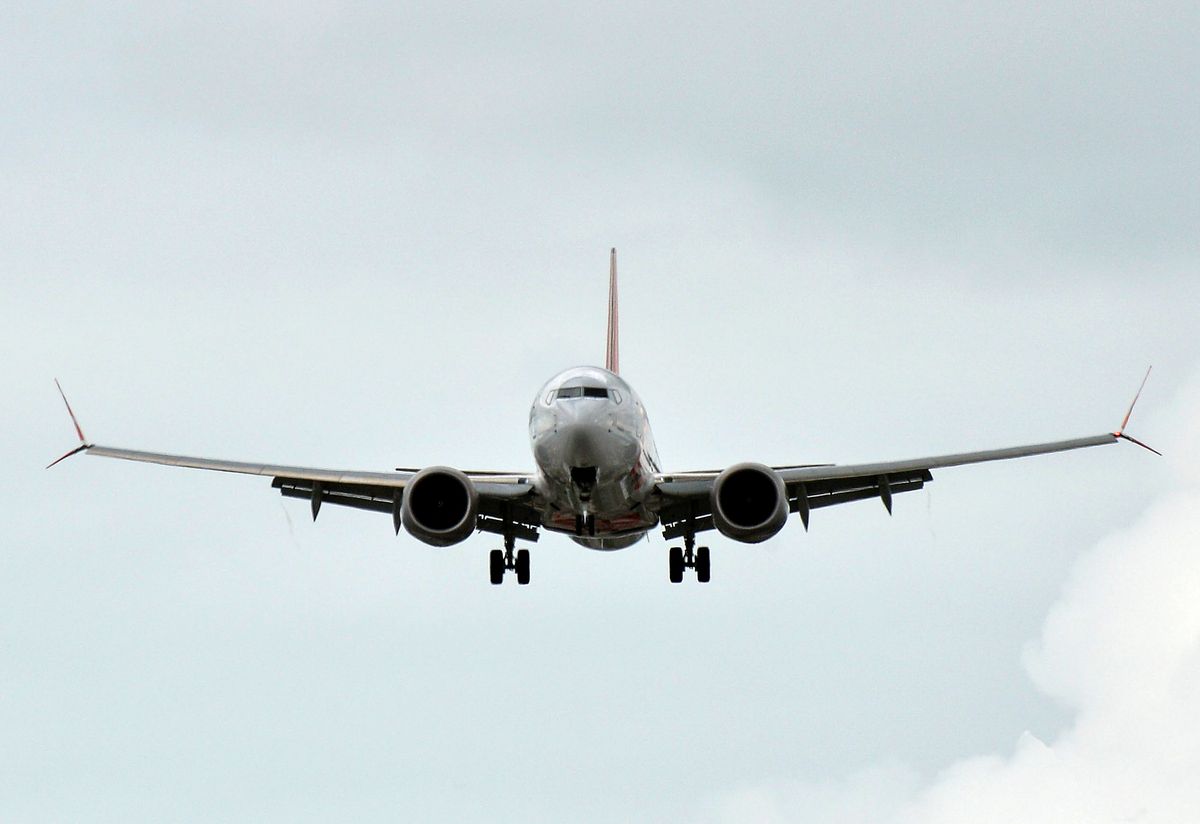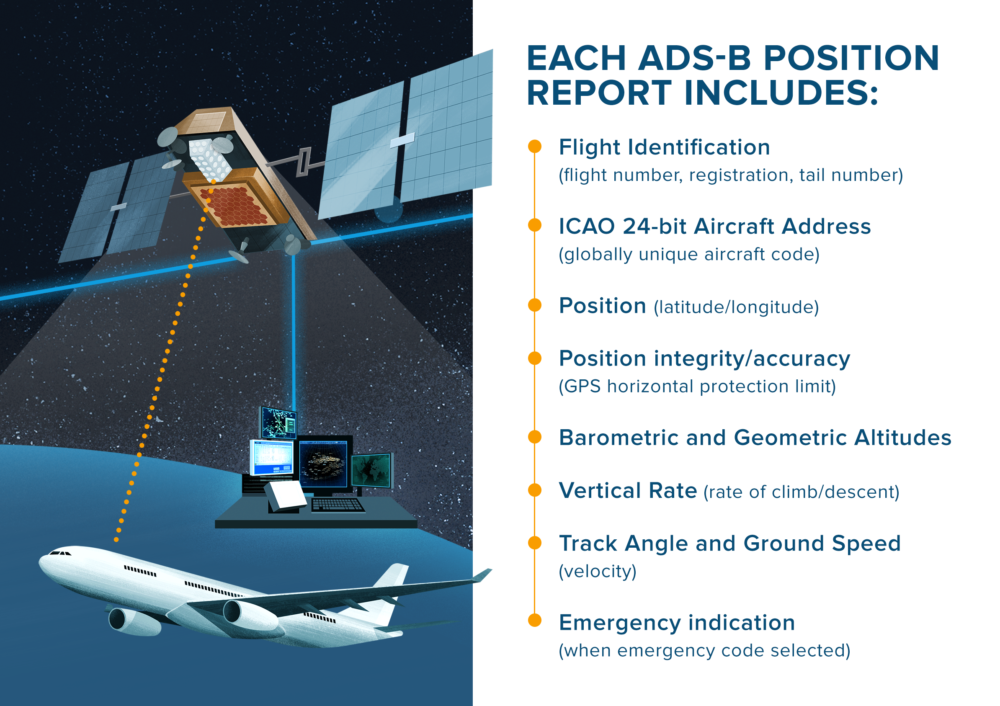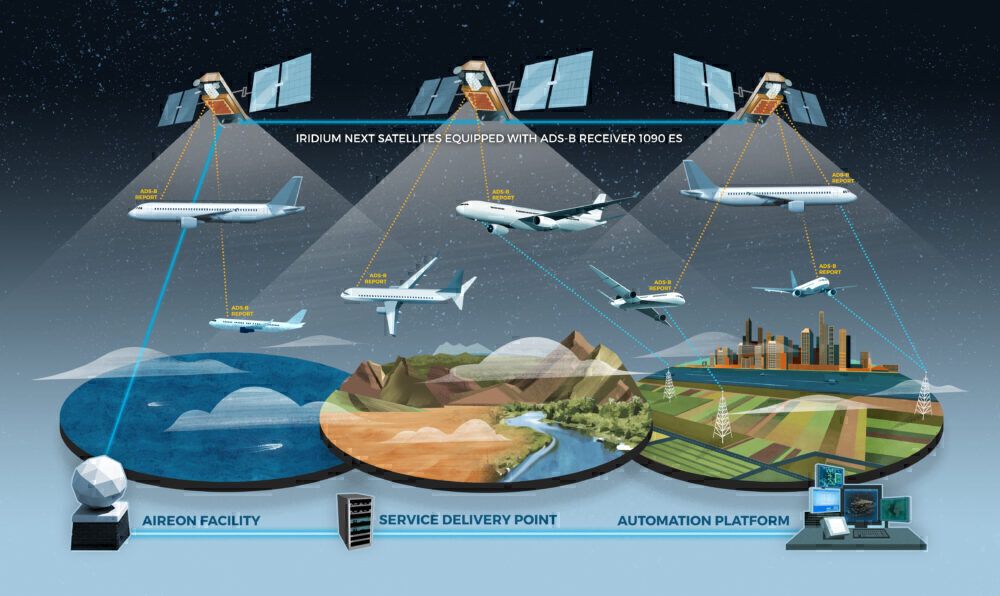The US Federal Aviation Administration is partnering with Aireon, a US-based satellite tracking company, to follow every single flight taken by the global fleet. Using ADS-B technology, the Administration will receive a health report on all flights taking place, including alerts for any anomalies detected.
ADS-B: making aviation safer
Most avgeeks are fairly familiar with ADS-B technology. To give it its full title, this is Automatic Dependent Surveillance-Broadcast, and it’s a surveillance technology that allows an aircraft’s position to be tracked via satellite. It forms the basis of flight tracking services such as RadarBox.com and allows us on the ground to check out what’s above our heads, or where our favorite airplanes are flying.
More importantly than this, ADS-B has proven to be incredibly beneficial in terms of air traffic management. Aircraft that are equipped with the two-way ADB-S out system can get updates on other air traffic around them, as well as real-time weather reports. That’s great for air safety.
However, even those with only ADS-B in are still able to benefit from air traffic controllers’ ability to accurately monitor their position. This is especially important in non-radar airspace where separation would otherwise be difficult to manage. It could facilitate an end to situations such as Malaysia Airlines flight MH 370, where the plane went off course and was unable to be tracked, therefore the crash site was unknown.
The United States has mandated that all aircraft operating in US airspace must be equipped with at least ADS-B out since January 1st, 2020. As such, all Boeing 737 MAX have been built with this standard onboard, and that’s proving to be a big benefit to the Federal Aviation Administration (FAA) right now.
FAA is tracking every 737 MAX flight
Using the ADS-B technology onboard all 737 MAX aircraft, the FAA is reportedly following every flight the aircraft take, checking on the performance of the worldwide fleet as the jet returns to service. According to reporting in the Seattle Times, the system will,
“… flag deviations from certain parameters during all phases of flight and alert the FAA’s aviation safety division. Safety engineers and inspectors will use the early notification to further analyze the incident.”
This close monitoring of the global fleet of Boeing 737 MAX is designed to help the FAA detect any issues early. Working with Virginia-based Aireon, the location and performance of each MAX aircraft is streamed to the FAA technical center in New Jersey at intervals of half a second.
Aireon is a US-based company that has received a great deal of support from various Air Navigation Service Providers (ANSPs). NAV Canada, the UK’s NATS, Enav in Italy, the Irish Aviation Authority and Naviair in Denmark have all invested in the project. Aireon uses Iridium’s low-latency, 66 cross-linked Low Earth Orbit (LEO) satellites to provide global coverage, including at the poles.
At the present time, the FAA is trialing the partnership with Aireon for an initial 10-week period. Aireon has agreed to provide a daily health report, on every flight that took off the previous day, including the number of flights for each individual aircraft and any anomalies detected.
While it remains to be seen if such a system is necessary as the global fleet returns to the skies, the trend for anticipating problems instead of waiting for incidents to happen bodes well for the future safety of flight.



